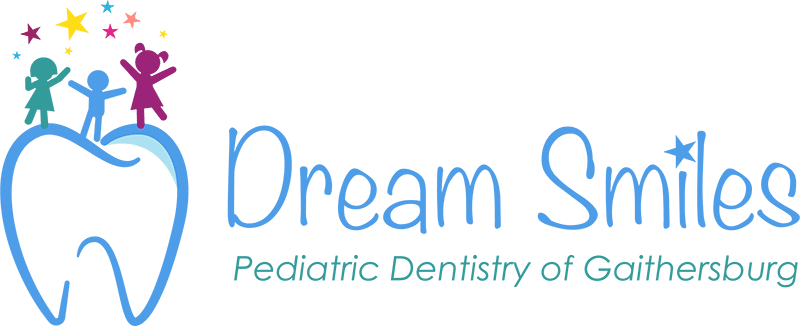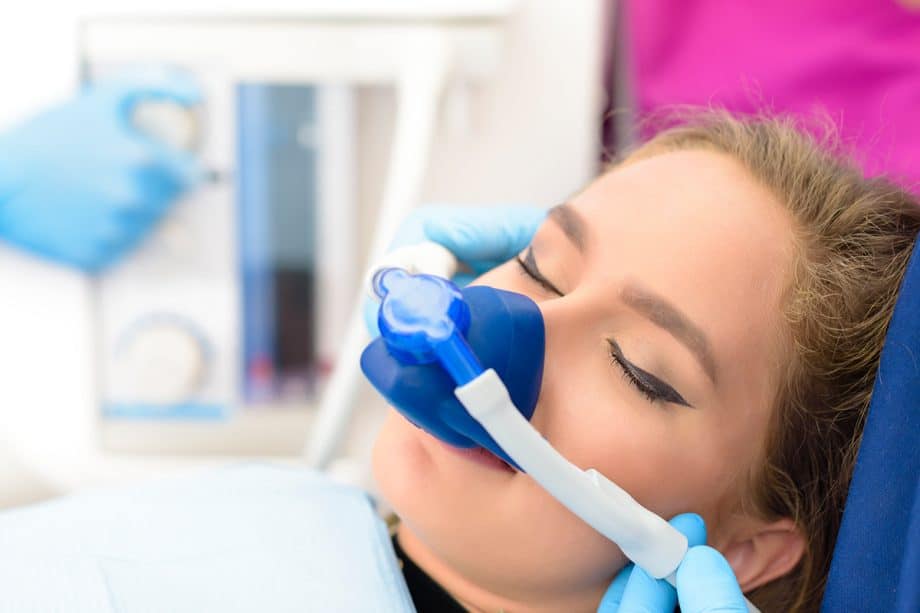There are a variety of different types of dental sedation available for children, ranging from topical sedatives to nitrous oxide - also called laughing gas, to general anesthesia.
Helping children overcome any fears of seeing the dentist can often be accomplished simply with calm and reassuring treatment. But, if a pediatric patient requires extensive dental treatment, has severe anxiety, or has special needs, safe sedation dentistry can be the best solution.
After all, going to the dentist can make some children nervous, particularly if a procedure is needed such as cavity filling or oral surgery. Sedation dentistry helps patients relax for these dental procedures.
What Type of Sedation is Best?
For kids, the recommended type of dental sedation depends on the procedure that needs to be done. When it comes to minor dental work, like cavity filling or the placement of crowns, nitrous oxide is usually a good choice. It’s considered the safest type of sedation, as it wears off immediately and is quite easy to control. Most patients have no long term side effects, and minor side effects, which can occur in a small number of patients are minimal, such as headache, nausea, dizziness, or chills and sweating. Your child could also have some tingling or heaviness in arms and legs.
Overall, for most patients, sedation dentistry is thoroughly safe. However, in some patients with special health conditions, there can be some risks, so your dentist will ask for a complete medical history before administering sedation for the safety of your child.
Types of Sedation for Kids
These are the types of sedation we use for children:
Local Anesthesia
Topical and injected local anesthetics safely and effectively numb a targeted area for a short period of time. Their use assures your child a pain-free dental procedure.
Nitrous Oxide
Also called laughing gas, nitrous oxide is the most common type of dental sedation for kids. It offers an ideal level of relaxation and some analgesic effects. It’s simple to administer, too. A small mask is fitted over your child’s nose, allowing them to breathe a mix of nitrous oxide and oxygen. In minutes, they’ll feel more relaxed, and once the mask is removed again after treatment, the effects wear off quickly, too.
Conscious Oral Sedation
Conscious oral sedation helps patients who need a bit more help with relaxation than nitrous oxide provides. An oral sedative is given before your child’s appointment, so your child will be at ease and calm while remaining conscious and aware of surroundings. Afterwards, your child should spend the rest of the day resting at home.
General Anesthesia / Hospital Dentistry
If your child needs extensive dental treatment or has special needs, general anesthesia, performed in a hospital setting by an anesthesiology team may be needed.
Should Your Child Be Sedated for Dental Work?
The answer is individual and depends on your child and the type of procedure. Nitrous oxide is a safe, mild way to relieve and prevent anxiety; oral sedation is the next level of sedation, but is still a mild form of sedation as patients will remain conscious and breathing on their own. The risks and benefits of hospital dentistry and general anesthesia can be discussed if necessary.
Some parents ask if their child should be sedated for a dental cleaning due to nervousness. We usually try to do dental cleanings without sedation first; however if it will best benefit your child, nitrous oxide can be used with few side effects, risk-free.
Are You Ready to Learn More about Dental Sedation for Children?
If you’re ready to learn more about dental sedation options for children, just reach out to us today. We’d be happy to provide more information or schedule a consultation. At Dream Smiles Pediatric Dentistry of Gaithersburg, we provide sedation dentistry for children that fit your child’s needs.

